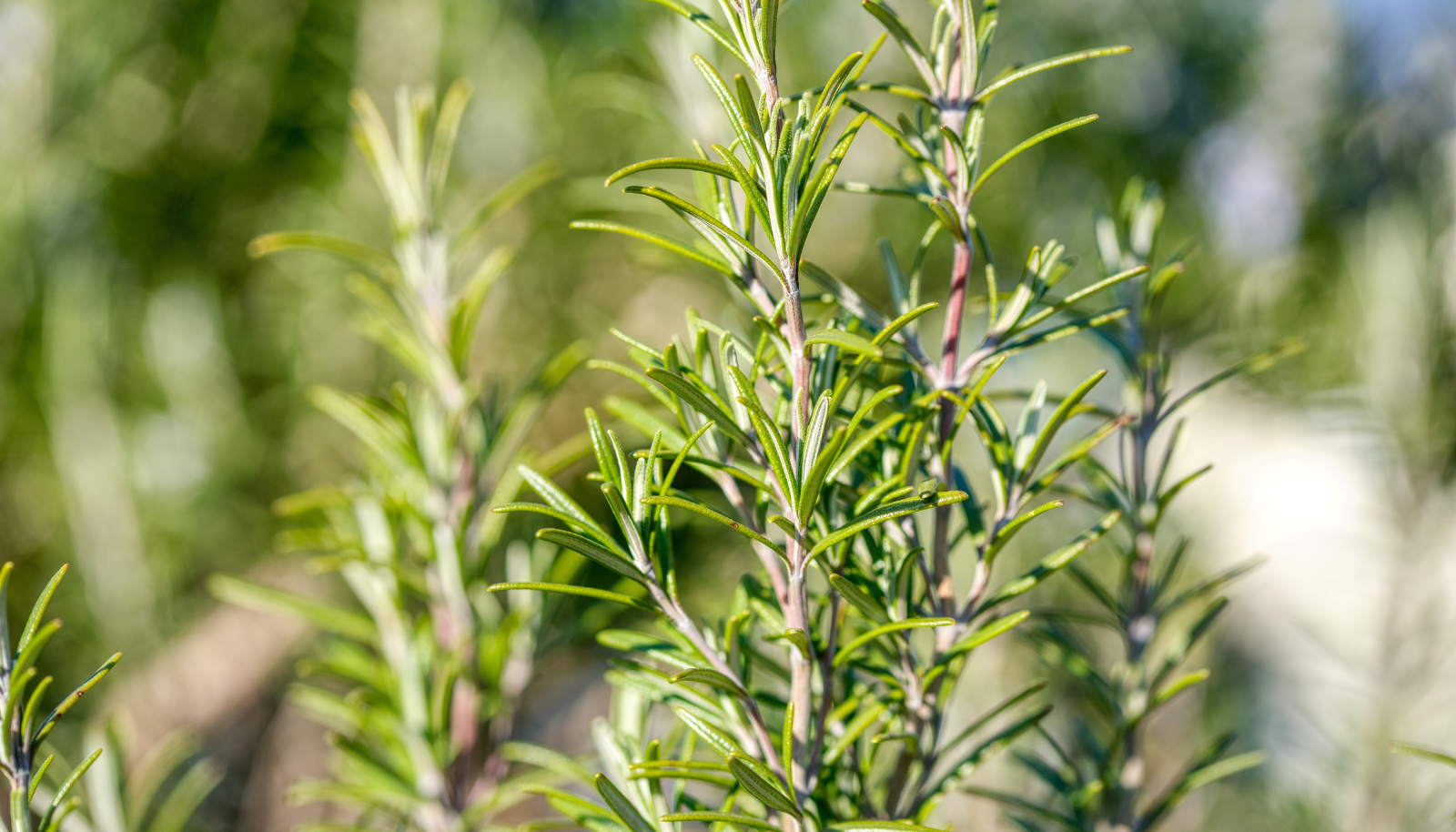Rosemary Hydrosol Benefits for Skin, Hair & Wellness
What Is Rosemary Hydrosol and What Is It Good For?
Rosemary hydrosol, scientifically known as Rosmarinus officinalis, is a water-based extract obtained through steam distillation of the rosemary plant. Widely used in aromatherapy, phytotherapy, and natural skincare, this liquid stands out for its volatile compounds and gentle impact. While it is less concentrated than rosemary essential oil, it offers similar benefits in a milder form.
Benefits of Rosemary Hydrosol
- Antimicrobial Action: Thanks to naturally present compounds such as cineole and camphor, it may create a protective barrier against bacteria on the skin.
- Sebum-Regulating Effect: Its astringent properties may help balance sebum production in oily skin, making it useful for acne-prone areas.
- Enhances Circulation: By increasing microcirculation, it can refresh the skin. This is why it is commonly found in anti-hair loss products.
- Scalp Health: It may stimulate follicular activity and provide a soothing effect against dandruff issues.
- Skin Tone Balancer: Rich in antioxidants, it can support a more even skin tone by protecting against free radicals.
- Stress-Relieving Effect: With a mild, fresh scent, it may have neuro-sedative effects. Inhalation may support mental clarity.
- Anti-inflammatory Properties: With rosmarinic acid, it can help reduce redness and sensitivity in the skin.
- Natural Toner: When used regularly in skincare routines, it cleanses the skin gently and may tighten pores.
- Lymphatic Drainage Support: When paired with facial massage, it may stimulate lymphatic flow and help reduce swelling.
- Use in Aromatherapy: Often applied in inhalation therapies to combat mental fatigue and encourage focus.
How to Use
- Can be sprayed directly onto the skin.
- May be applied using a cotton pad as a toner.
- Can be massaged into the scalp.
- Used in diffusers to scent the environment naturally.
Warnings and Storage Conditions
Although natural, rosemary hydrosol may cause reactions on sensitive skin. Avoid contact with eyes. Store in a cool, dark place.
References
- Özcan, M. & Chalchat, J.C. (2008). Chemical composition and antifungal activity of rosemary (Rosmarinus officinalis L.) oil from Turkey. Food Chemistry, 108(2), 553–559.
- Durling, N. E., Catchpole, O. J., Grey, J. B., Webby, R. F., Mitchell, K. A., Foo, L. Y., & Perry, N. B. (2007). Extraction of phenolics and essential oil from dried rosemary leaves with supercritical CO2. Journal of Supercritical Fluids, 41(3), 245–252.
- Peana, A. T., D’Aquila, P. S., Panin, F., Serra, G., Pippia, P., & Moretti, M. D. L. (2002). Anti-inflammatory activity of linalool and linalyl acetate constituents of essential oils. Phytomedicine, 9(8), 721–726.






